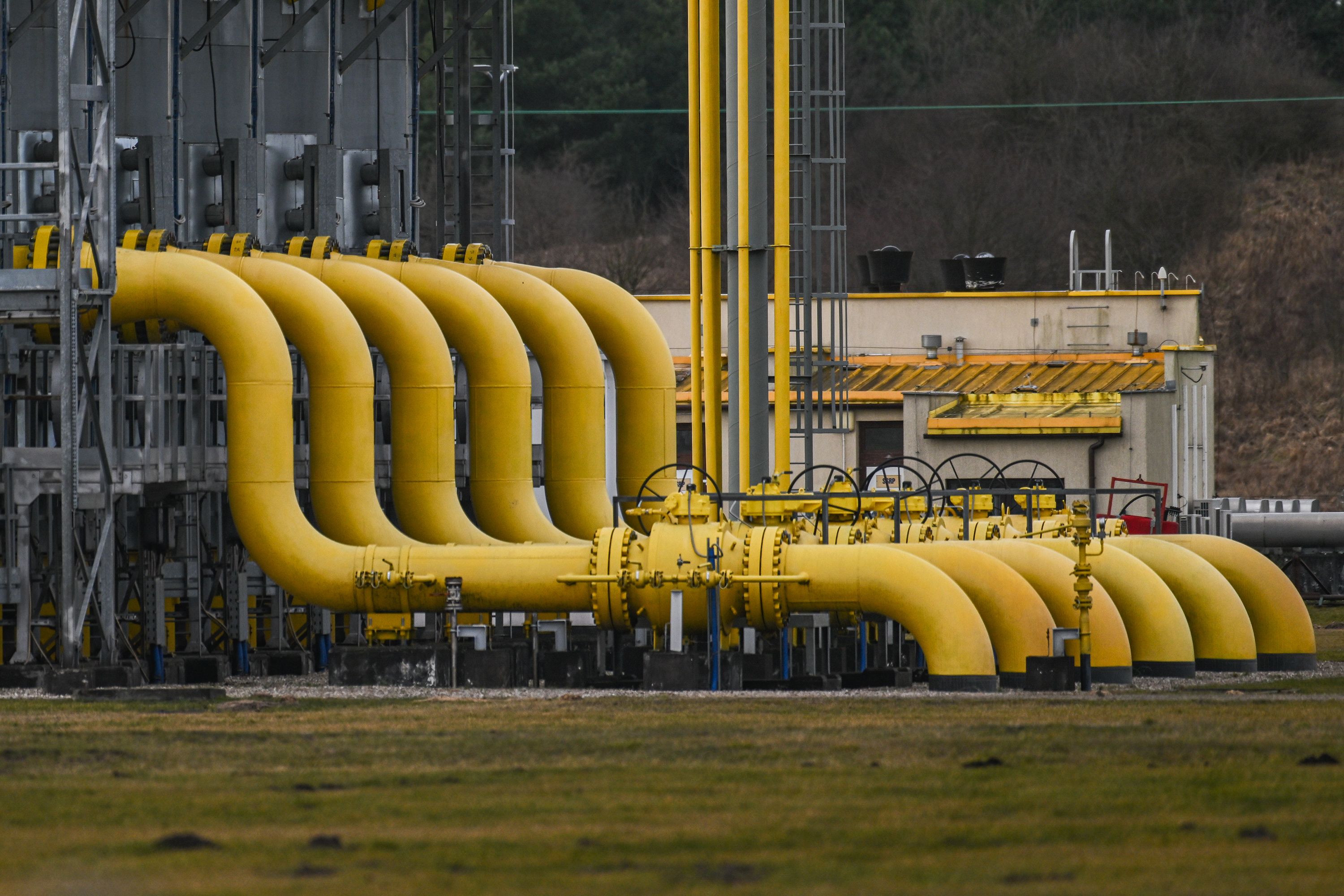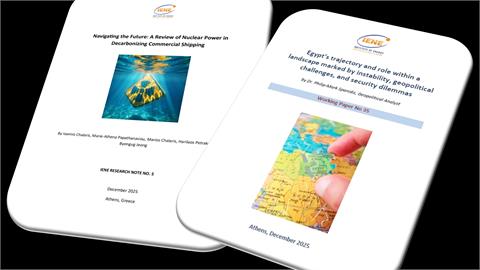Even before the Russia-Ukraine war started in February 2022, most countries in SE Europe were transforming their gas supply arrangements, moving from being relatively isolated markets to becoming more interconnected, from being largely supplied by Russian imports to having a diverse supply portfolio
The war and the EU’s decision in March 2022 to fully decouple from Russian oil and gas before 2030 has given this process more impetus, although much of the change we see today results from moves which started several years ago.
The Monthly Analysis of April 2023, which is available here, aims to describe latest gas infrastructure developments and consequent changes to gas supply flows, but also to assess how flows might further change as planned infrastructure is built over the next few years. The central question is whether, as a result of these improvements, the SEE region can eventually have a non-Russian gas supply future. The conclusion is that sufficient capacity is almost in place to import and distribute enough alternative volumes to replace Russian imports – assuming of course that this alternative supply is available and at competitive prices.
From a supply perspective, more LNG and a little more gas from the Southern Gas Corridor is expected over 2022-2024. Between 2025 and 2028, regional upstream comes into play, with Romania as a frontrunner. The Expanded South Corridor is of great importance to the region, providing real diversification, particularly if expanded in the future, and helping Western Balkan countries to diversify away from Russian gas as well as reduce their dependence on coal/lignite.
Despite abundant transmission and import capacity, SE Europe remains poorly connected because of numerous regulatory bottlenecks, including lack of interconnection agreements, delays in implementing congestion management mechanisms or failure to implement the use-it-or-lose-it principle. Lack of cooperation and coordination among TSOs largely caused by legal ambiguities at the interface between EU member states and Energy Community Contracting Parties, regulatory instability and unpredictability as well as political manoeuvring remain the most important barriers to regional gas market integration.




